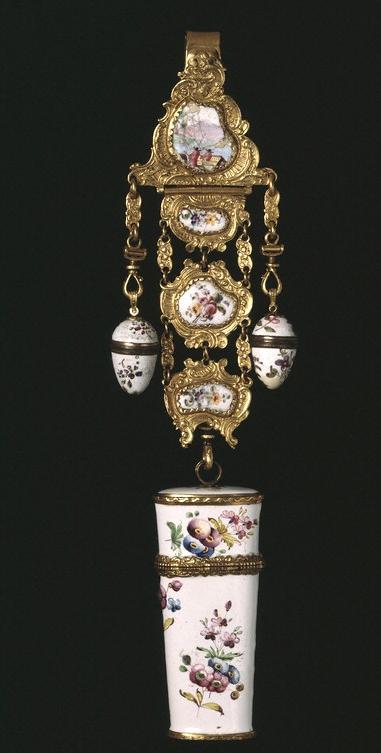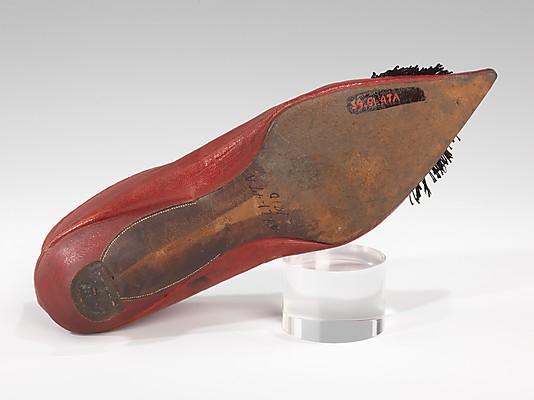Scent-Sational: Regency Perfume and the Man who Made It

Emma's very good opinion of Frank Churchill was a little shaken the following day, by hearing that he was gone off to London, merely to have his hair cut. A sudden freak seemed to have seized him at breakfast, and he had sent for a chaise and set off, intending to return to dinner, but with no more important view that appeared than having his hair cut.There was certainly no harm in his travelling sixteen miles twice over on such an errand; but there was an air of foppery and nonsense in it which she could not approve.
Emma
Before there were Regency perfumes, fashionable scents had a long history. The word perfume used today derives from the Latin "per fume", meaning through smoke. Perfumery, or the art of making perfumes, began in ancient Mesopotamia and Egypt but was developed and further refined by the Romans and the Arabs. Although perfume and perfumery also existed in East Asia, much of its fragrances are incense based. Knowledge of perfumery came to Europe as early as the 14th century due partially to Arabic influences and knowledge. But it was the Hungarians who ultimately introduced the first modern perfume. The first modern perfume, made of scented oils blended in an alcohol solution, was made in 1370 at the command of Queen Elizabeth of Hungary and was known throughout Europe as Hungary Water.
The art of perfumery prospered in Renaissance Italy, and in the 16th century, Italian refinements were taken to France by Catherine de' Medici's personal perfumer, Rene le Florentin. His laboratory was connected with her apartments by a secret passageway, so that no formulas could be stolen en route. France quickly became the European center of perfume and cosmetic manufacture. Cultivation of flowers for their perfume essence, which had begun in the 14th century, grew into a major industry in the south of France. During the Renaissance period, perfumes were used primarily by royalty and the wealthy to mask body odors resulting from the sanitary practices of the day. Partly due to this patronage, the western perfumery industry was created. By the 18th century, aromatic plants were being grown in the Grasse region of France to provide the growing perfume industry with raw materials. Even today, France remains the centre of the European perfume design and trade.
 The wearing of scents was first introduced into England through barber shops, which also sold wigs and the scented powders used on them. Women would put sponges moistened with fragrances under their clothes to cover up body odors because deodorant did not yet exist. By the 18th century, all of Europe had become obsessed with fragrances. Noble women created their own personal fragrances by experimenting with different aromas.
The wearing of scents was first introduced into England through barber shops, which also sold wigs and the scented powders used on them. Women would put sponges moistened with fragrances under their clothes to cover up body odors because deodorant did not yet exist. By the 18th century, all of Europe had become obsessed with fragrances. Noble women created their own personal fragrances by experimenting with different aromas.
With the discovery and exploration of the Americas, new scents came to Europe. Balsam of Peru and American cedar, sassafras, and vanilla toilet waters, colognes, and perfumes were introduced into the European scent market.  Juan Famenias Floris, a Spaniard from Minorca, first opened a barber shop in London's fashionable quarter of St. James's in 1730. He soon began making the scents of his homeland for clients in a refreshing alcohol base. This portion of his business was so successful that he changed his business to a perfume shop where he created toilet waters of jasmine, orange blossom, and 'Lavender', the fragrance that made him famous and which still can be bought today.
Juan Famenias Floris, a Spaniard from Minorca, first opened a barber shop in London's fashionable quarter of St. James's in 1730. He soon began making the scents of his homeland for clients in a refreshing alcohol base. This portion of his business was so successful that he changed his business to a perfume shop where he created toilet waters of jasmine, orange blossom, and 'Lavender', the fragrance that made him famous and which still can be bought today.
Toilet water is a scented liquid with a high alcohol content used in bathing or applied as a skin freshener. Floris has been a perfumer to royalty for eight generations. Floris fragrances quickly became the talk of fashionable London society, the barber`s shop gave way to become the elegant setting for fragrances and accessories: Beautiful handmade hair combs were imported from Menorca, while shaving brushes, hatpins, toothbrushes, fine-tooth combs and razor-straps were made on the premises. Jermyn Street was the epicentre for distinguished London gentlemen in the 18th century. Close to the Royal Court of St.James, and at the heart of Gentleman's 'club-land', it was also a fashionable location for wealthy gentlemen to keep their London address, and was once residence to the Duke of Marlborough, Gray the Poet and Sir Thomas Lawrence among others. The customer list at the shop was no less elegant, including Mary Shelley (while abroad she sent friends clear instructions on where to purchase her favourite combs: Floris) and Beau Brummell, who loved to discuss his current fragrances at length with Mr.Floris.)
In the 18th and 19th centuries, where the Court shopped, the gentry followed and the Floris ledgers of this period detail accounts held by an incredible array of public figures, including practically every European Royal  The first Royal Warrant granted to J.Floris Ltd was in 1820 as 'Smooth Pointed Comb-makers' to the then newly appointed King George IV. Today this first Royal warrant is still on display at 89 Jermyn Street together with no less than sixteen others. Ever since that first auspicious day Floris has always held at least one Royal Warrant, and today holds two. J.Floris Ltd is now run by the eighth generation descendants of its founder, Juan Famenias Floris.
The first Royal Warrant granted to J.Floris Ltd was in 1820 as 'Smooth Pointed Comb-makers' to the then newly appointed King George IV. Today this first Royal warrant is still on display at 89 Jermyn Street together with no less than sixteen others. Ever since that first auspicious day Floris has always held at least one Royal Warrant, and today holds two. J.Floris Ltd is now run by the eighth generation descendants of its founder, Juan Famenias Floris.
Soon after his arrival in England, Juan Floris married an Englishwoman, Elizabeth Hodgkiss, and they had seven children. The current Floris generation, Directors John Bodenham and Christopher Marsh are both great great grandsons of Mary Anne Floris - who in turn was the great granddaughter of Juan. Mary Anne Floris married James Radford Dutton Bodenham and together they handled the family business, eventually handing it on to their sons - hence the family name changed.
If you don't want to miss a beat when it comes to Jane Austen, make sure you are signed up to the Jane Austen newsletter for exclusive updates and discounts from our Online Gift Shop.



Leave a comment
This site is protected by hCaptcha and the hCaptcha Privacy Policy and Terms of Service apply.